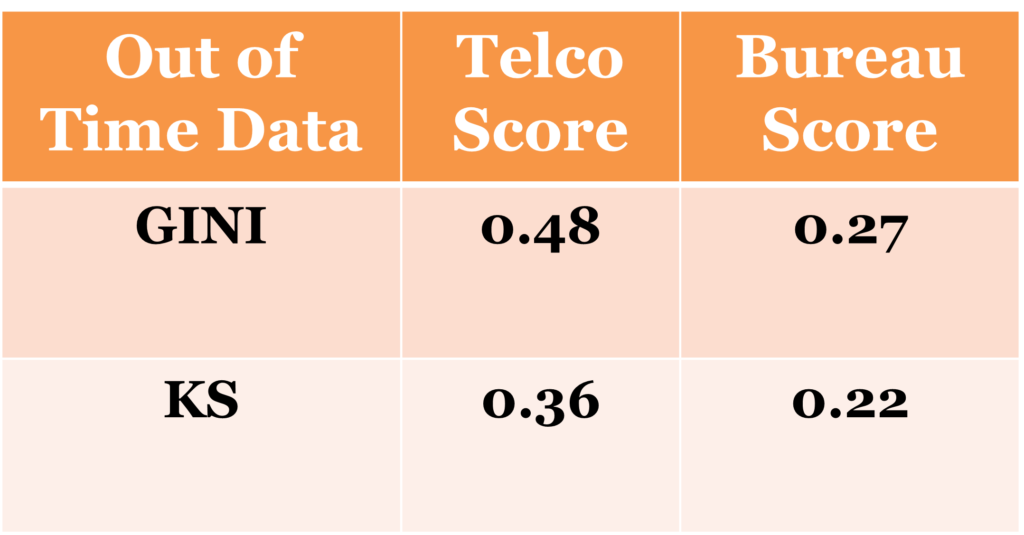CREDIT SCORE
- Credit score is a number representing the creditworthiness of an individual.
- Credit bureaus collect credit information of borrowing and repayment and sell it to creditors for a fee.
- Credit score is primarily based on information sourced from a credit bureau.
- There is no international credit score. Lenders assesses credit worthiness specific to different country and region.



SCORING COMPONENTS – FINANCIAL AND DEMOGRAPHICS
- Number of accounts Active / Inactive / Current / Default
- Length of credit history
- Credit mixMortgage, auto loan, credit card, personal loan
- Repayment history
- Age
- Occupation Self employed / Full time / Half time / Unemployed / Retired
- Years of employment
- Income
- Residential status Rent / Ownership
SCORECARD DEVELOPMENT METHODS
- Expert scorecard Human subject matter expert
- Classical methods Generalized Linear Model (GLM)
- ML models Random Forest, Boosting
- Deep learning Neural network for classification

CASE STUDY 1
- A company in the UK wanted a scorecard for its customers applying for auto loan.
- The profile of the customers was sub prime.
- The vehicles were primarily used ones.
- The lender wanted to improve alignment between underwriter rules and the score.
- They also wanted to compare two different bureau data in terms of quality and coverage.
Solution
- Customer classification using domain knowledge and statistical methods like decision tree and cluster analysis.
- Multiple scorecards each rescaled to have similar odds
- Scorecard as a linear function for easy integration with loan origination system
- Revision of underwriting rule and corporate reporting system to de-duplicate variables across model & underwriting rule engine
Objective
- Application scorecard for auto loans for subprime customers
Benefits
- Multiple scorecards
- superior to a single scorecard
- Recommendation on underwriting
- ensured the exclusion of model variables from underwriting rule
- Consistent decision
- from adaptation of a mathematical model
CASE STUDY 2
- A major Telecom company in Malaysia wanted to create a score for its customers.
- The company was using a bureau score which, was developed by using a database of 1 million customers.
- Telco default was disconnected/suspended 6 months ever.
- A tailor-made scorecard for Telco customers was thought to have better discriminatory power.
Solution
- Characteristics selected from broad areas of auto finance, credit card, personal loan, months in arrears, check bounce, application/approval amount, etc.
- Developed scorecards using:
- Logistic Regression (LR)
- Machine Learning (ML) methods
- Random Forest (RF)
- Extreme Gradient Boosting (XGB)
- Interpretation of ML models were made possible by the use of Local Interpretable Model-Agnostic Explanation (LIME).
Objective
- A telco scorecard to replace bureau scores
Benefits
- Logistic and ML models were developed of which XGB performance was superior
- Outperformed bureau score

CASE STUDY 3
- A company in Malaysia wanted to create a customized score for small-ticket loans.
- The company used the bureau score which was developed using Logistic regression.
- It was felt that a generic bureau score was not discriminating enough for this segment.
- A tailor-made scorecard and ML model for evaluating credit risk were required.
Solution
- Characteristics selected primarily from the history of credit card and personal finance of which variables from payment and MOB were the most important variables
- Developed scorecards using:
- Logistic Regression (LR)
- Extreme Gradient Boosting (XGB)
- Interpretation of ML models were made possible by the use of Local Interpretable Model-Agnostic Explanation (LIME).
Objective
- A scorecard with bureau data for small-ticket personal loan
Benefits
- Satisfactory LR and ML scores
- both aided in decision-making
- Model worked for mid level loans
- ensuring application of the same scorecard for a different segment
- Reasons for ML scores
- for each customer added transparency to the black box model


